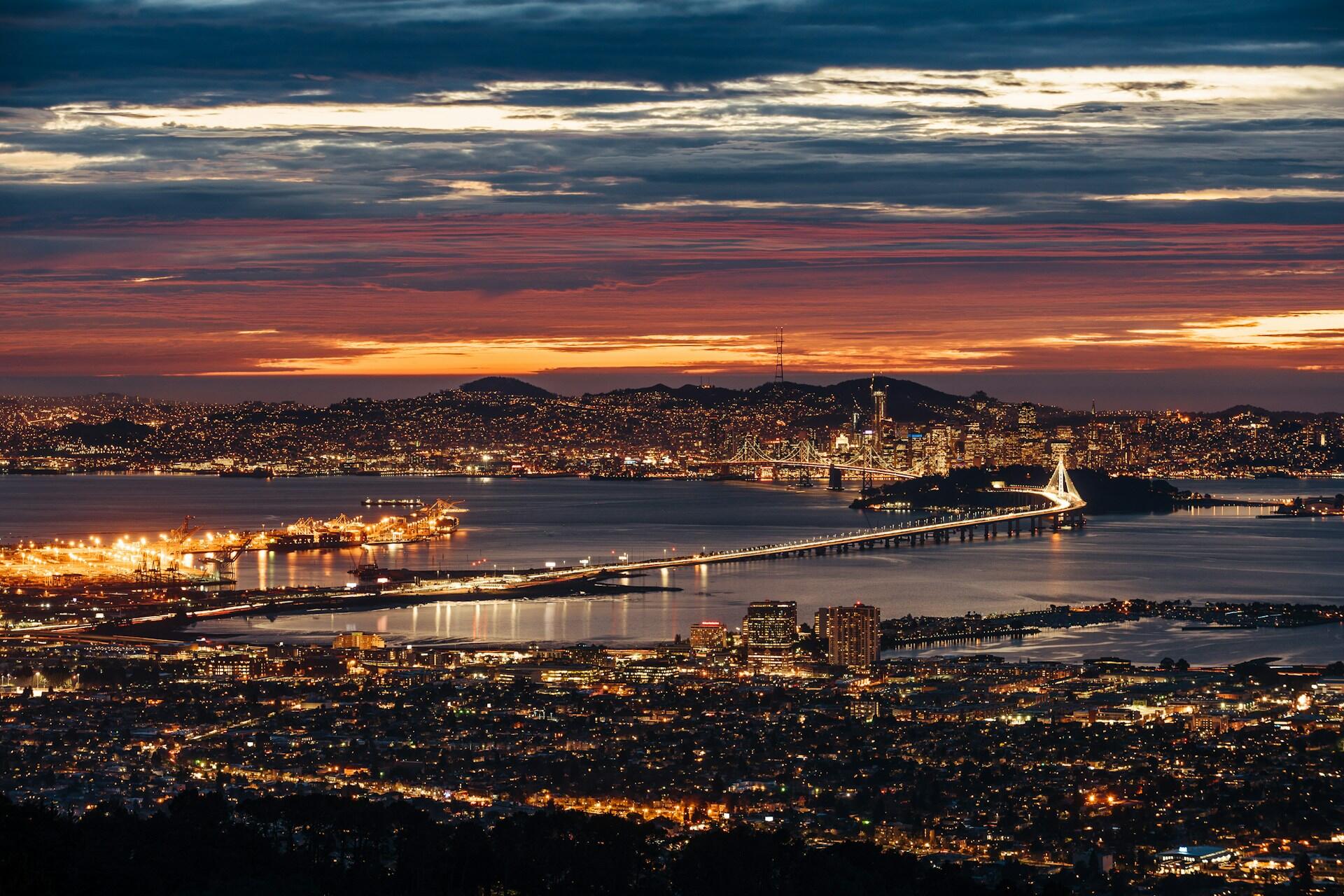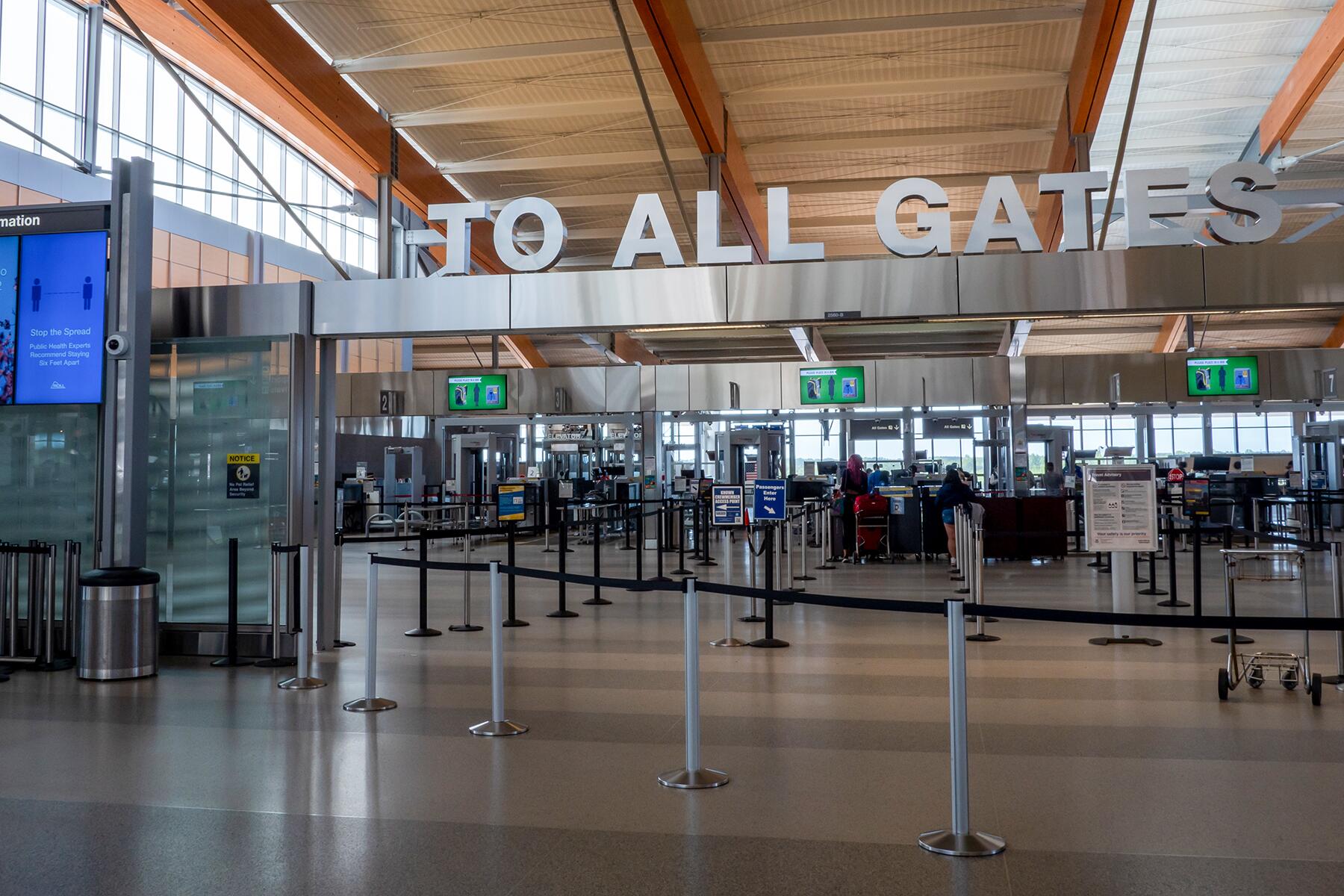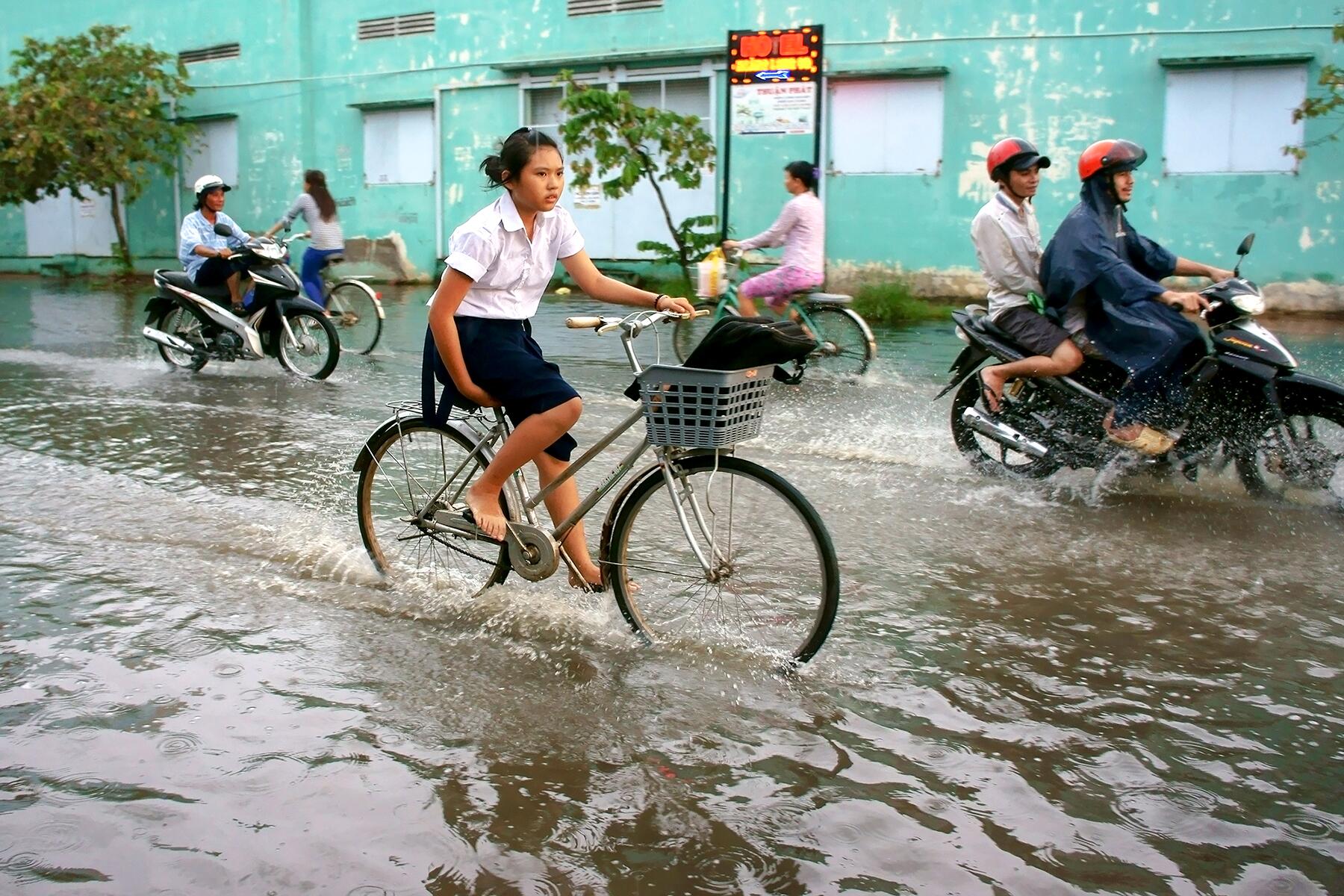Cities are sinking due to climate change and human activity.
There’s no denying the fact that climate change is real. The sea levels are rising and the global temperature is increasing at an alarming rate. More than 200 medical journals have published a statement underscoring that the results of an increase in global temperature by 1.5 degrees Celsius will be catastrophic. A study published in the journal Nature Climate Change warned that extreme sea levels will become more common by the end of the century around the world and the rise will be 1-2 meters by 2100. NASA predicts that high tide floods will also cause severe flooding in the U.S.’s coastal areas. The findings aren’t mere predictions; the U.S. has fought back-to-back extreme weather crises this year.
The Maldives—the world’s lowest-lying country—is at risk of disappearing, so it’s planning a floating city as a means of survival. But there are many other cities around the world that are facing this threat due to rising sea levels and subsidence (over-extraction of groundwater that makes the land sink). Here’s a round-up of what the world is facing losing by 2100 if things don’t change.






As usual the Big Fossil operatives are on the job.